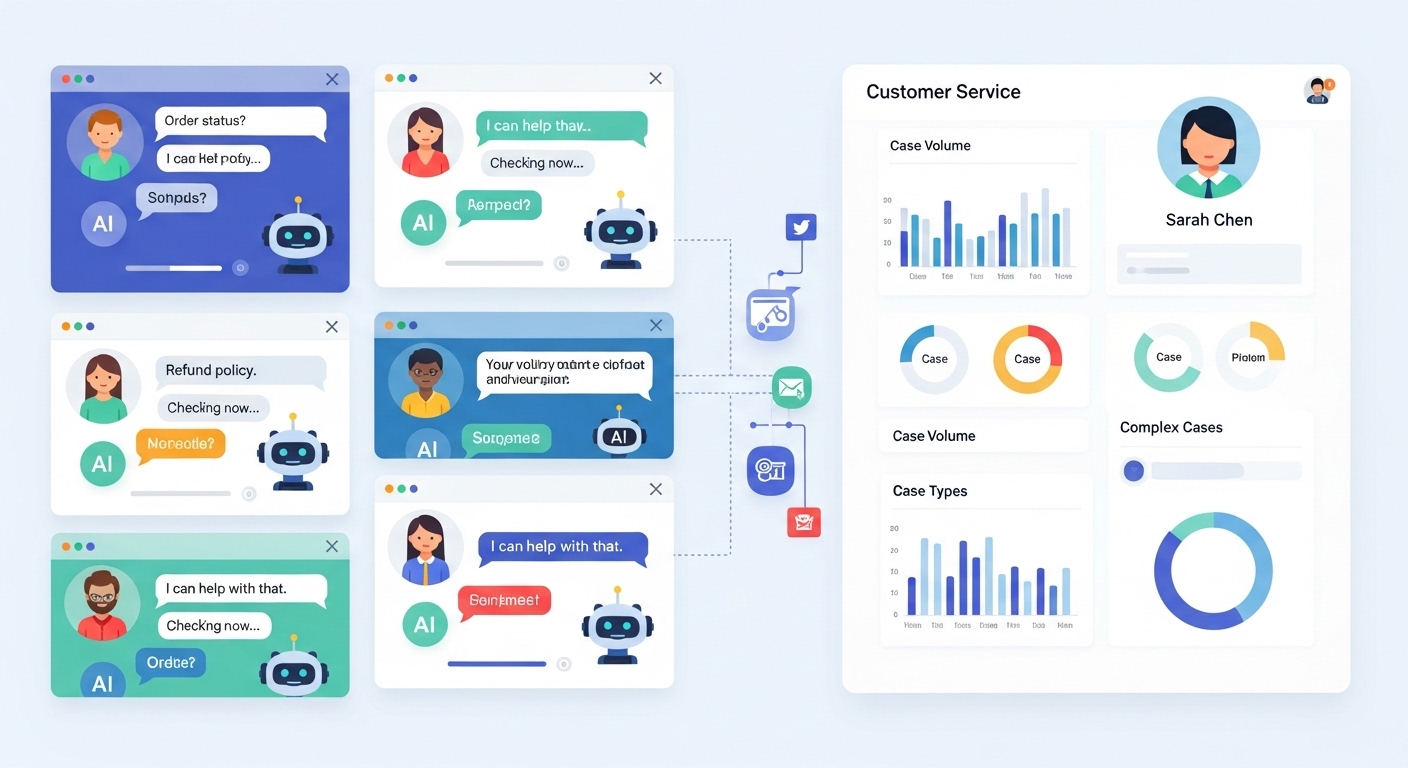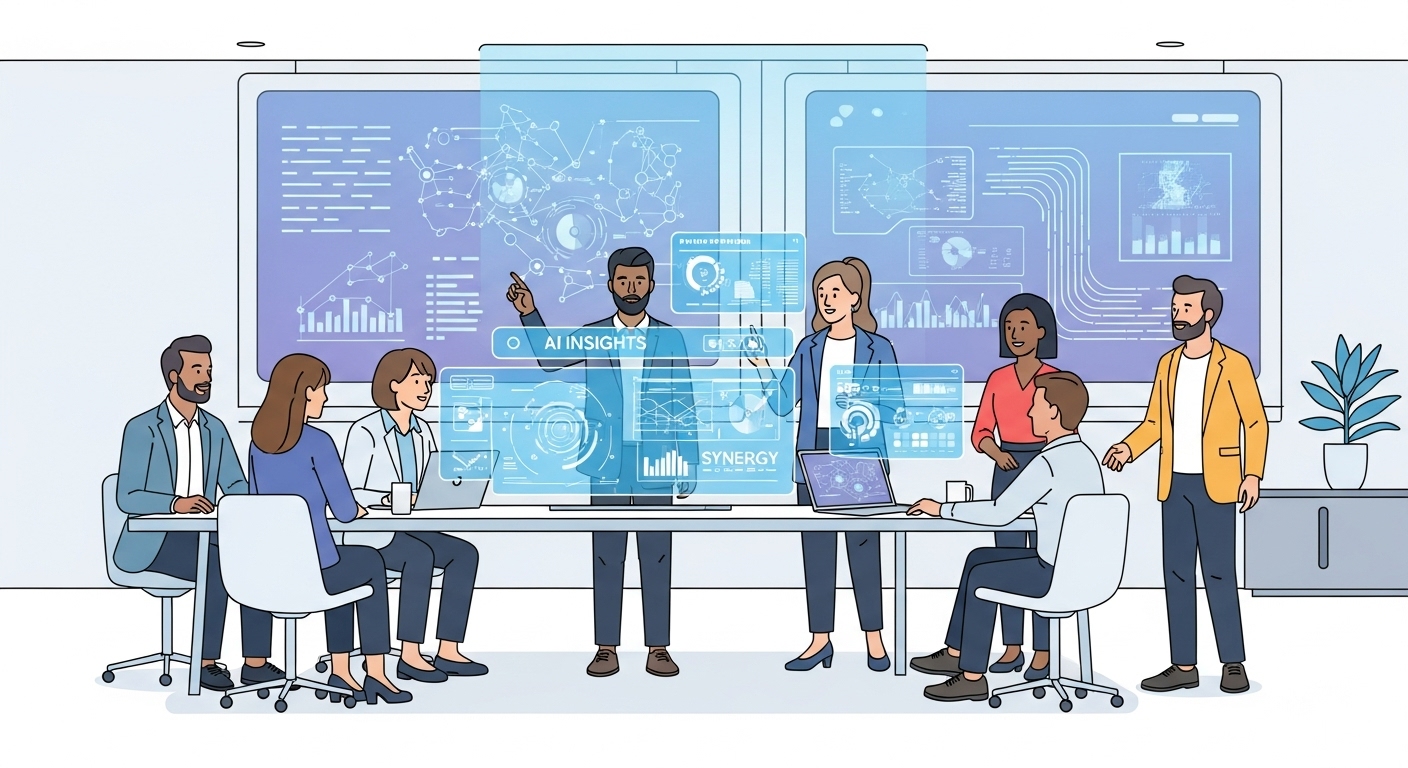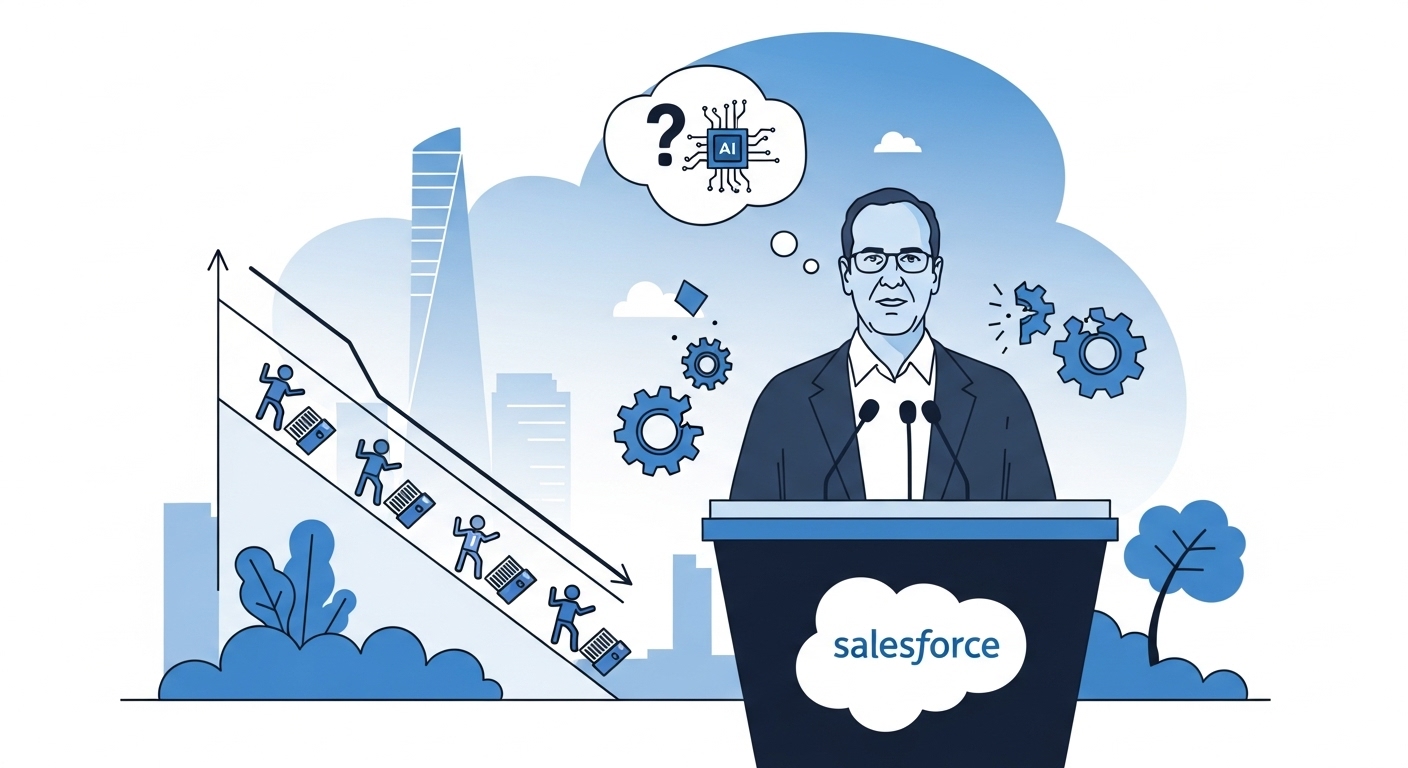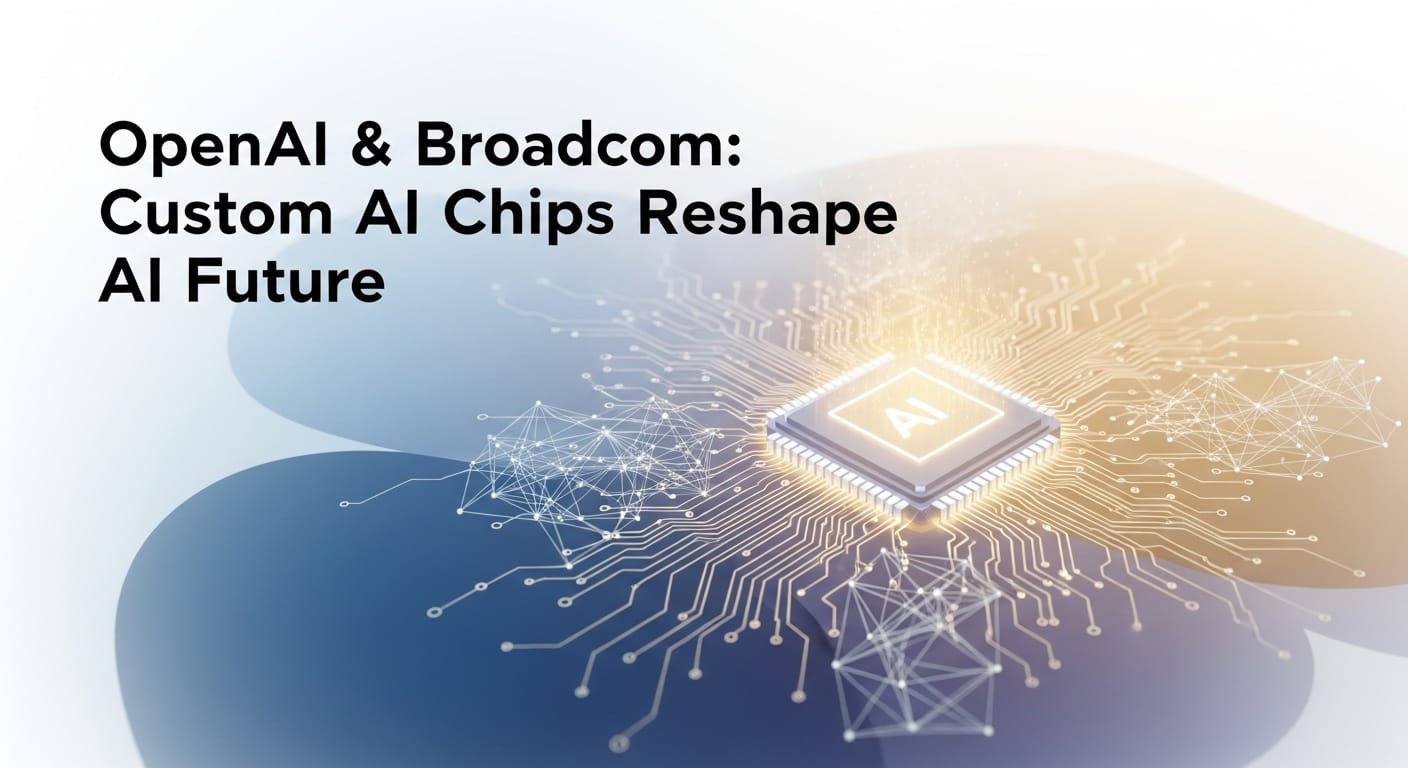The rapid evolution of Artificial Intelligence (AI) continues to reshape industries, challenging conventional wisdom about productivity and employment. A recent and particularly salient example comes from Salesforce, where CEO Marc Benioff’s insights reveal a dynamic, and at times contradictory, narrative surrounding AI’s impact on the workforce. His candid remarks highlight the immediate realities of AI-driven efficiency, particularly concerning job cuts, even as the broader conversation often focuses on long-term opportunities.
Marc Benioff’s Shifting Stance on AI and Job Cuts
Salesforce, a global leader in cloud-based software, recently announced a significant reduction in its customer support workforce, directly attributing the cuts to the deployment of AI agents. In a podcast appearance around early September 2025, CEO Marc Benioff revealed that the company had decreased its customer support staff from approximately 9,000 to 5,000 employees, representing a substantial 44% reduction. He plainly stated, “I need less heads,” underscoring the direct link between AI adoption and workforce size.
This admission marks a notable shift from Benioff’s earlier public statements. Just two months prior, in July 2025, he expressed a more optimistic view, suggesting that AI would primarily augment human workers rather than replace them. He emphasized the necessity of a “human in the loop” due to AI’s accuracy limitations and dismissed concerns of widespread AI-induced job displacement. The rapid acceleration of AI capabilities and their subsequent integration into Salesforce’s operations appear to have outpaced even the company’s own recent predictions, illustrating how quickly corporate strategies can pivot in the face of evolving technology.
The Efficiency Imperative: How AI Drives Change at Salesforce
The core driver behind these workforce changes is AI’s unparalleled ability to enhance operational efficiency. At Salesforce, AI agents now handle roughly 50% of all customer conversations, a dramatic increase from virtually zero AI involvement just one year prior. This transformation is facilitated by an “omnichannel supervisor” system, designed to orchestrate seamless collaboration between human and AI agents, ensuring that complex issues are escalated to human representatives when necessary.
Beyond customer support, AI’s efficiency gains are also tackling long-standing challenges in sales. Benioff highlighted that Salesforce had accumulated a backlog of over 100 million uncalled sales leads over 26 years due to staffing constraints. AI-driven sales processes are now actively addressing this backlog, demonstrating AI’s capacity to manage tasks at a scale unattainable by human teams alone. This strategic deployment of AI agents not only reduces costs but also enables the company to improve service delivery and capitalize on missed opportunities, which Benioff described as “eight of the most exciting months” of his career.

Beyond Automation: The Evolving Human Role
While the Salesforce example clearly illustrates job displacement in routine, high-volume roles, it also underscores a broader industry trend: the redefinition of human work. The demand for roles focused on repetitive tasks is decreasing, while the need for employees who can manage, train, and collaborate with AI systems is growing. This shift necessitates a significant emphasis on reskilling and upskilling the existing workforce.
Experts suggest that in an AI-driven world, uniquely human skills such as critical thinking, creativity, emotional intelligence, and collaboration become more vital than ever. These are the capabilities that machines cannot yet replicate. Companies and individuals alike must adapt through continuous learning and skill enhancement to remain relevant in the evolving job market. This has led to the emergence of “new collar” workers—individuals with non-traditional educational backgrounds but strong technical skills—who are crucial in bridging the AI skills gap.
As the World Economic Forum projects, AI could displace 85 million jobs globally by 2025 but simultaneously create 97 million new roles, resulting in a net gain. However, this net gain often masks the significant transition periods and the need for individuals to adapt to entirely new types of work. Goldman Sachs Research, for instance, estimates that while AI adoption will have a modest and temporary impact on overall employment levels, it could lead to a half-percentage-point increase in unemployment during the transition as displaced workers seek new positions. For a deeper dive into the broader economic implications of AI on the workforce, you can explore research from institutions like Goldman Sachs.

Navigating the AI-Driven Workforce Transformation
The Salesforce case serves as a powerful microcosm of the larger shifts occurring across the global workforce. It highlights that while AI promises unprecedented levels of efficiency and productivity, it also presents an immediate challenge to traditional employment structures. The narrative is complex: AI is not just a tool for augmentation but a force capable of fundamental restructuring, leading to “leaner” workforces in certain areas.
For organizations, this means strategically integrating AI while also investing heavily in their human capital, focusing on training for AI-adjacent roles and fostering skills that complement, rather than compete with, AI. Further insights into AI’s integration into the workplace can be found in comprehensive reports from leading consulting firms like McKinsey. For individuals, it necessitates a proactive approach to lifelong learning and a willingness to embrace new roles and responsibilities that leverage uniquely human attributes.
Conclusion
Marc Benioff’s recent statements regarding job cuts at Salesforce offer a stark, real-world perspective on AI’s immediate impact on the workforce. They underscore that while the long-term outlook for AI-driven job creation remains promising, the transition phase involves tangible displacement, particularly in roles susceptible to automation. The imperative for businesses is clear: harness AI for efficiency while simultaneously preparing and empowering their human workforce for an evolving landscape where collaboration with intelligent systems becomes the norm. Navigating this transformation successfully will require foresight, strategic investment in people, and a commitment to continuous adaptation.
Looking for expert insights on AI’s Impact on the Workforce: Salesforce CEO’s Insights on Job Cuts and Efficiency? Our team can help you navigate the complexities of the AI world.
Frequently Asked Questions
Q: What did Salesforce CEO Marc Benioff say about AI and job cuts?
A: In early September 2025, Salesforce CEO Marc Benioff announced that the company had reduced its customer support workforce from 9,000 to 5,000 employees, directly attributing the 4,000 job cuts to the efficiency gains from AI agents handling customer interactions.
Q: How has AI impacted Salesforce’s operations?
A: AI agents now manage approximately 50% of Salesforce’s customer conversations, leading to significant efficiency improvements. AI is also being used to address a backlog of over 100 million uncalled sales leads, enabling the company to handle tasks at a scale previously impossible.
Q: Did Marc Benioff always hold this view on AI and jobs?
A: No, Benioff’s recent statements mark a shift from his earlier stance in July 2025, when he emphasized that AI would augment rather than replace human workers and stressed the need for human oversight due to AI’s limitations. The rapid advancement of AI capabilities appears to have accelerated the company’s strategy.
Q: What does Salesforce’s experience mean for the broader workforce?
A: Salesforce’s job cuts highlight that AI can lead to immediate job displacement in routine, high-volume roles. It underscores the growing need for workers to develop uniquely human skills like critical thinking and creativity, and for companies to invest in reskilling programs to adapt to an AI-driven economy where human-AI collaboration is key.





Permalink